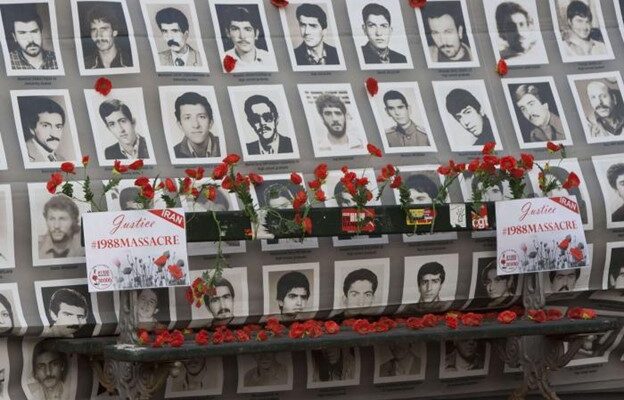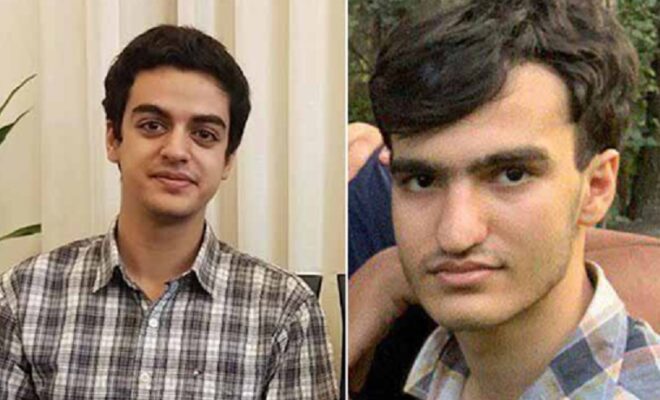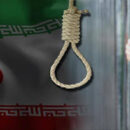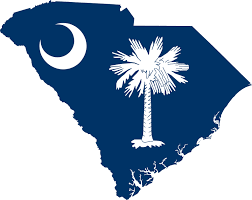Fight for democracy continues in Iran
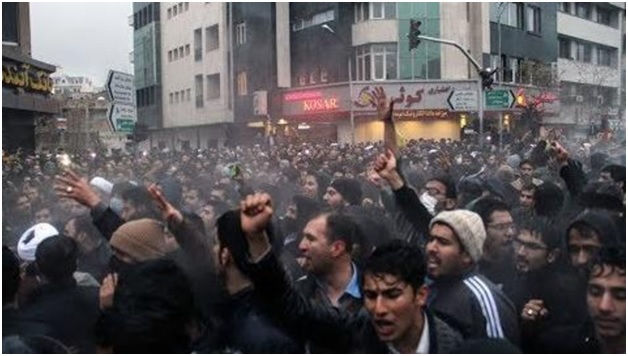
![]()
Ali Soltani | May 5, 2018
MEQUON — Spring marks the start of a new year in Iran. The holiday of Nowruz translates as “new day,” a symbol of hope for Iranians everywhere.Clinging to hope over the past 40 years has been challenging.
During Nowruz in 1979, the Iranian people believed their new day was just around the corner. The Shah’s dictatorship had been overthrown. But even then, the popular movement was being co-opted by Ruhollah Khomeini, who established a theocracy that would be kept in place with campaigns of brutal violence.
Despite that repression, the popular movement remained alive, embodied for instance by the leading pro-democratic resistance organization, the People’s Mojahedin Organization of Iran (PMOI), also known as the Mojahedin-e Khalq (MEK). Such groups worked to preserve hope in the midst of dire circumstances, and at various times, that hope has spurred the people to action.
The world saw the people’s movement claw its way to the surface in the 1980s with a series of student protests, and in 2009 with the mass demonstrations against rigged elections.
Another mass uprising erupted last December, spreading quickly to every major city in Iran. The protests were against runaway inflation, unemployment and rising prices, but immediately took on a political tone, surprising the Iranian regime and much of the world with explicit calls for regime change.
Supreme Leader Ali Khamenei publicly acknowledged the MEK’s leading role in planning and carrying out those demonstrations. Additionally, the political affairs deputy for the Islamic Revolutionary Guard Corps (IRGC) reported that numerous protests had been led by women, many of them the same MEK female activists from the student protests in the 1980s. The IRGC also revealed that the overwhelming majority of those arrested were under the age of 30, highlighting the widespread appeal of the resistance movement among the youth of today.
Young people, of course, are the demographic that is generally most responsible for turning hope into reality. The recent uprising demonstrates both young Iranians’ expectations of foundational change, and also what that population is capable of when it is organized, or when it reaches the end of its tether.
One Iranian student activist wrote, “There is reason to hope that this year might be the real Nowruz, a new day for Iran.” To simply share this message with the world takes tremendous courage. At least 14 activists have been tortured to death, according to reports, since the protests were violently suppressed in January. In many cases, their families were warned against speaking to the media or otherwise questioning the fate of their loved ones. But many foreign observers have correctly concluded that the harsh backlash will only spur another uprising.
Middle East experts know this to be true. Student activists know it to be true, and the Iranian Resistance certainly knows it to be true. Even more to the point, the Iranian regime cannot deny this.
Indeed, the protests have continued unabated. Last month, thousands of people protested in the central and southwestern cities of Isfahan and Ahvaz, respectively. And in the city of Kazerun in southern Iran, the people stormed the Friday prayer congregation, chanting “the enemy is here, they are lying when they say it’s America.”
I can only watch these events unfold from afar. But knowing the Iranian Resistance movement, I believe Tehran will be surprised by the obstacles it will encounter in its efforts to stifle dissent.
The mass demonstrations in December, January and last month were described in the global media as the greatest threat to clerical rule in recent years. Despite more than 8,000 arrests, defiance has persisted and the MEK’s ability to organize has not been diminished in the least. Regardless of the regime’s preparations, another uprising at this stage will redouble the threat to Tehran’s stranglehold on power.
I regret that I cannot participate directly in such an uprising, but I have faith in my fellow Iranian activists. To show my support, I am in Washington, D.C., this weekend with a large delegation of other Iranians from Wisconsin. We are attending the 2018 Iran Freedom Convention.
I hope our message will reach Western policymakers, to convince them of the good they can do by holding Iranian officials accountable for killings, abuse and unlawful arrests.
The Iranian Resistance is quite capable of regime change on its own. It neither needs nor asks for intervention by world powers. But it recognizes that by living up to its human rights obligations, the international community can give Iranian activists the space they need to bring democracy to Iran once and for all.
Soltani, an engineer in Mequon, is executive director of the Iranian-American Community of Wisconsin: Ali.Soltani@iac-wi.organd iac-wi.org. The group is part of the Organization of the Iranian American Communities (OIAC).
